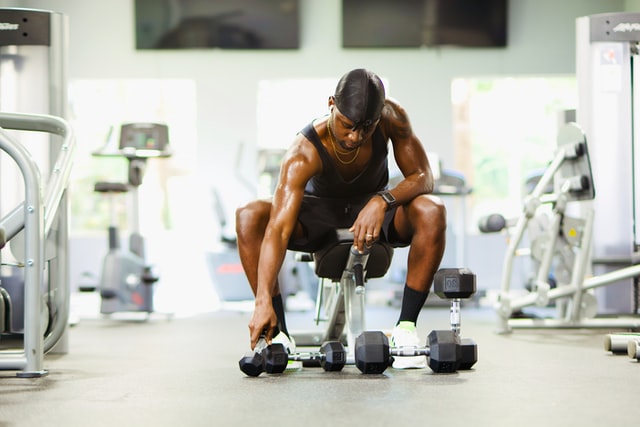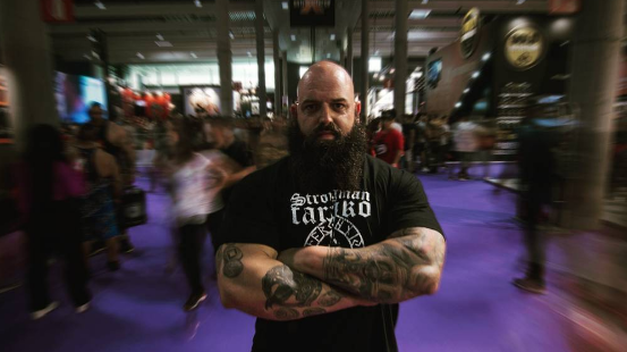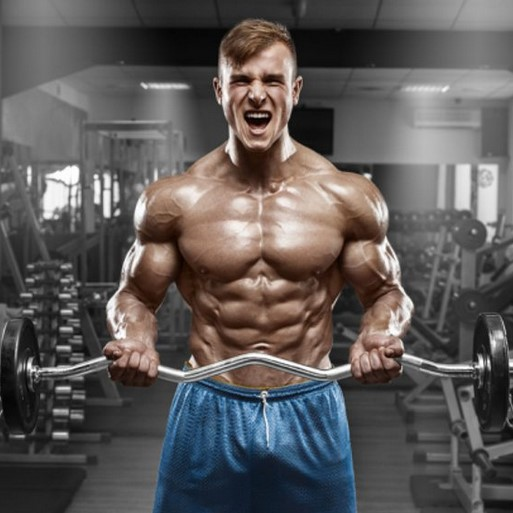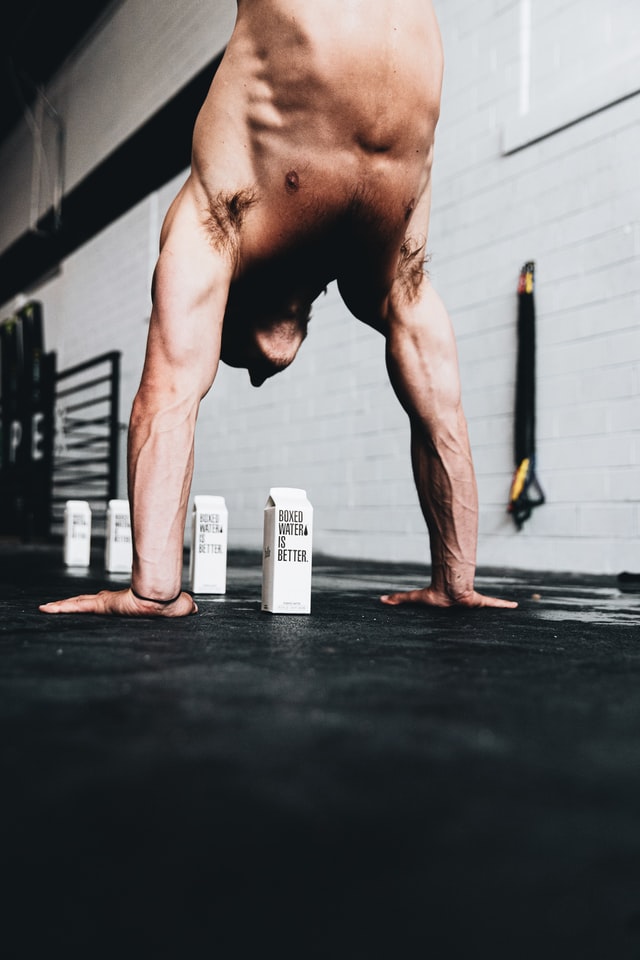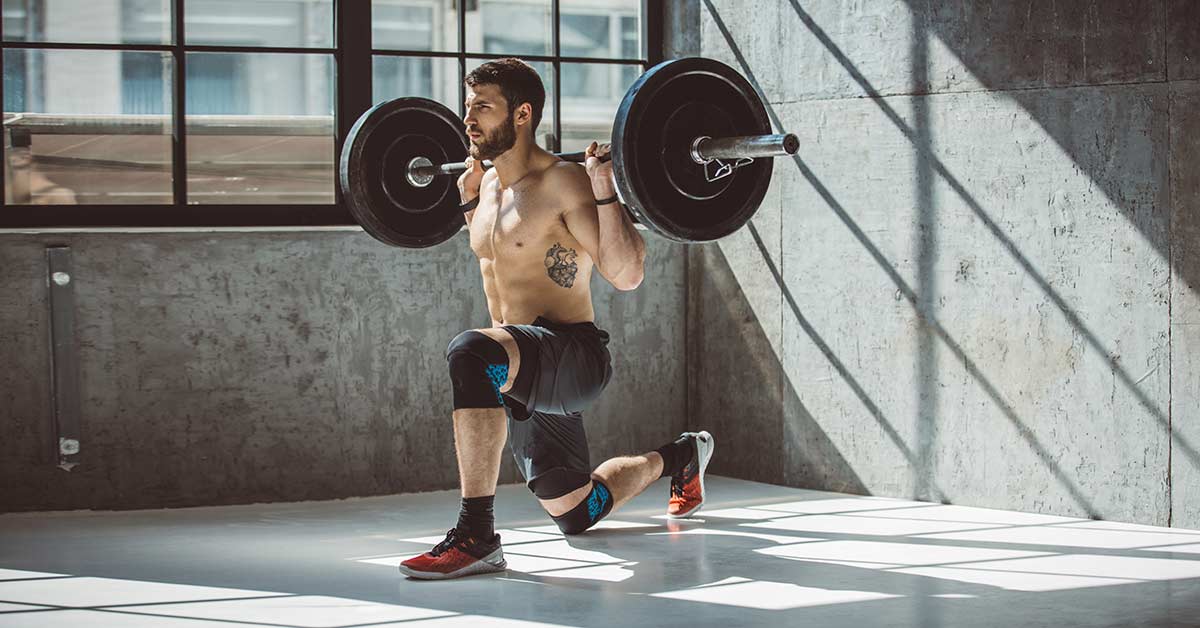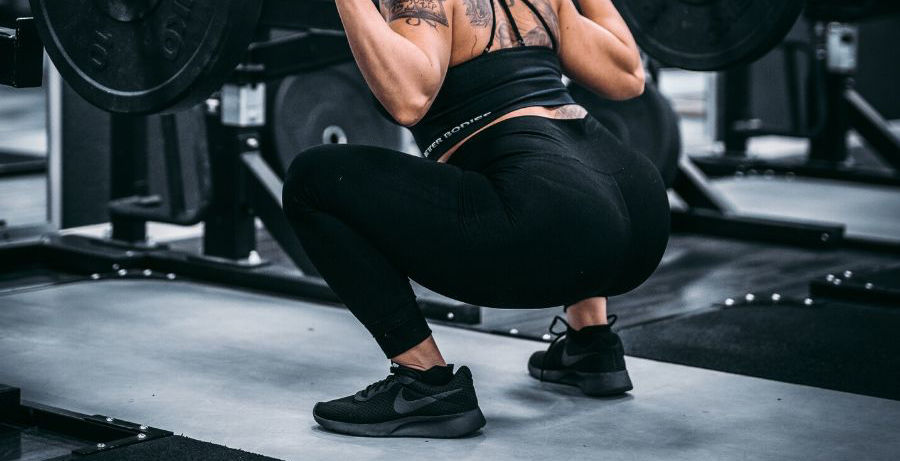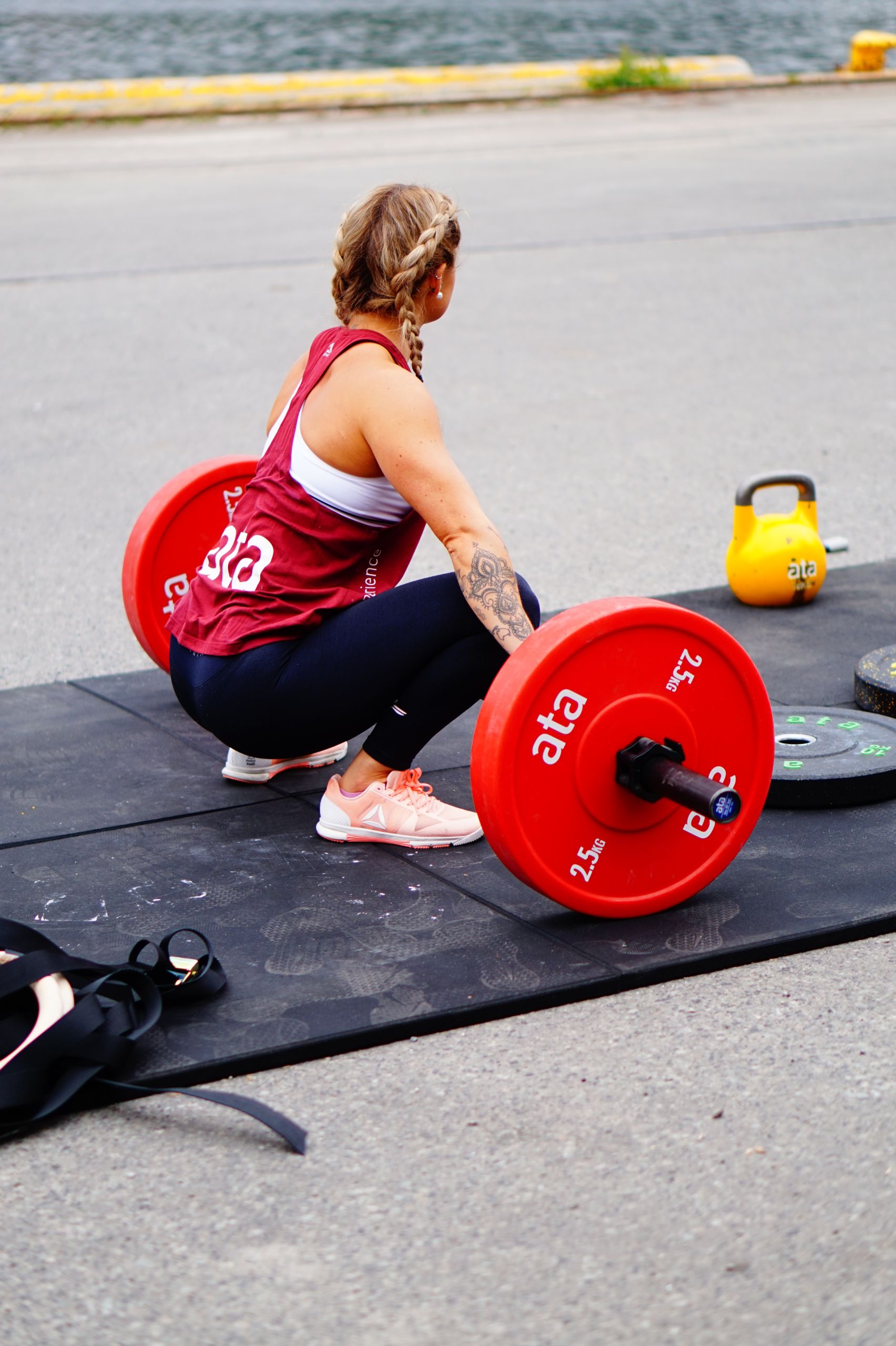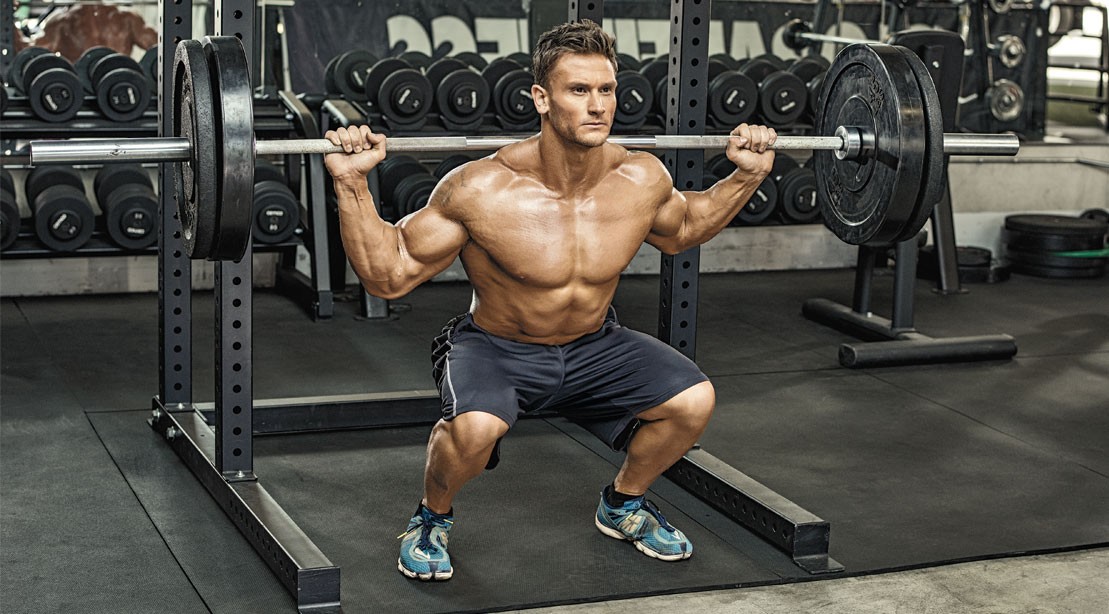Powerlifting routine, the best powerlifting workouts
If you don’t already know Fitenium is a free, mobile, video-based social network for athletes who train strength or bodyweight exercises. At Fitenium users can track their progress with their powerlifting routine, while getting discounts at nutrition stores and sports equipment. Download it here.
What do you look for in Powerlifting?
Before we get more specific and recommend some powerlifting programs, we need to clarify the fundamentals of powerlifting in order to determine what to look for and what not to look for in powerlifting. It can be summarized in the following:
In Powerifting you do not look for:
- cosmetically improve
- gain muscle mass
- be more functional
- lose fat
- gain speed
- Gain flexibility (although some Bench Press seems to indicate otherwise)
- Gain strength (outside the basics)
In Powerlifting you look for:
- Move more kilos in powerlifting competitions
It may be that we progress peripherally in some or all of these aspects, in fact the strange thing is that we do not gain muscle throughout our progress in the Bench Press, but we have to be clear about what our objective is, since perhaps what we need for our objectives is a mixed strength-hypertrophy routine or Crossfit classes.
On the other hand, we have to put aside the false dichotomy between “good” and “bad” powerlifting routine. That is going to depend more on the athlete than on the routine itself, since for a novice he will progress in his squat by doing sets of 100 squats with body weight, that is to say, it is a good powerlifting routine but, is it the best routine for this? case? The answer is no. It may also be the case that the most optimal program for your progress cannot be executed by the athlete for motivational reasons or lack of time. In this case, the “best” program is the one that adapts to the athlete, even if it is not the most optimal in terms of potential progress.
Fundamentals of Powerlifting
Before we talk about the scientific principles of powerlifting, we need to talk about the process that makes training “work.” Scientific evidence continues to circulate around Hans Seyle’s Theory, the “General Adaptation Syndrome” (GAS). Enunciated in the 50s, it basically describes the adaptation process of our body when receiving some type of physical stress, such as the one it would receive in powerlifting training.

The concept behind this syndrome is that the stress our body receives is “toxic” and when our body receives this stress, it adapts to it and prepares itself to be able to prevent damage from future similar stress. In the case of weight training, our muscles receive stress that results in muscle micro-tears, which are the signal for our body to initiate various hormonal and metabolic responses and “fix” the damage. Through rest and food we repair this damage and obtain the reward of having adapted to this stress. The idea is to use powerlifting principles based on this concept to progress.
- Specificity: in order for our body to adapt to the stress generated by moving high loads in the Bench Press, Squat and Deadlift, we must have a powerlifting routine that produces adaptations in this regard. That is, if you do not perform Bench, Squat and Heavy Deadlift on a regular basis, it is likely that we will not achieve the adaptations that we are looking for.
- Progressive overload: to obtain continuous adaptations over time, we have to expose our body to adequate doses of stress. Once the body has adapted to a certain dose of stress, the results we will obtain will decrease over time if the same dose continues to be applied. To avoid this, we will progressively increase the load to achieve new adaptations.
- Fatigue management: in the same way that we mentioned that in your powerlifting training you must subject your body to doses of stress, the recovery and adaptation of said dose is important so as not to fall into overtraining due to resting too little or to lose these adaptations due to rest too much
- Individual differences: everyone needs a different stimulus to achieve the same adaptations. Different people are capable of assimilating different volumes and workloads per session and this is one of the most forgotten principles in powerlifting. The problem is that highly individualized programs are harder to sell en masse, so this factor tends to be ignored.
What powerlifting routines work?
Sheiko 6-week routine for beginners: This routine has been created by the famous Soviet powerlifting coach Boris Sheiko, mentor to several champions of the discipline.
It is very interesting because it is quite reasonable in the specificity of the exercises, since more than half of all the work is powerlifting exercises or variants thereof. The progressive overload, being a powerlifting routine for novices, is done by self-regulation, so it respects individual differences quite well.
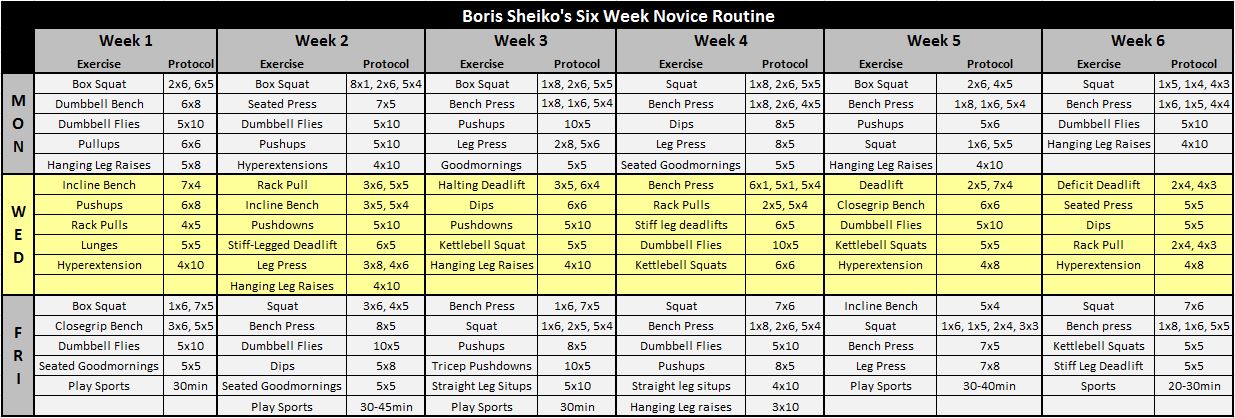
If you want to know more about this powerlifting routine (in the language of Shakespeare), enter here.
Madcow 5×5: This method was popularized by the famous weightlifting coach Glenn Pendlay. The story goes that when one of his athletes complained about his 5×5 set every day, he proposed that if he managed to make a record, he would let him do only 1 set on Fridays. This routine is divided into a high volume Monday, a lighter Wednesday to recover, and a record breaking Friday. The progression is very simple and consists of adding 2.5kg each week to our Friday record.

For more information about the Madcow 5×5 in English, click here.
Bulgarian Method: This method rose to fame through the success of Ivan Adadjiev’s Bulgarian weightlifting team. We mention it because working works, but it is not a system that can be used in the real world since you are basically eight hours training, which was feasible for athletes in the Soviet sphere with the state apparatus behind it but not for people in the real world. . It is said that his basis was to do an exercise, rest/eat for half an hour, and then move on to the next.
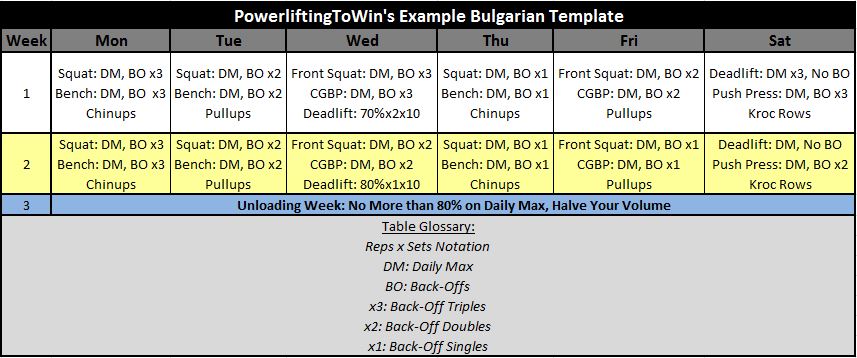
This powerlifting routine is done by working to a maximum (DM) and then doing a set of descending (BO) with 70-80% of the weight. Every day we work two basic exercises and then an assistant exercise.
What powerlifting routines don’t work?
- Starting Strength, Stronglifts 5×5: These are good strength routines, but they are not powerlifting routines.
- Jason Blaha 5×5: it is a routine focused on aesthetics, so it is not a powerlifting routine.
conclusions
Really if what we want is to progress in strength, our training should be quite different from that of a pure powerlifting routine, however if what we want is simply to lift more kilos in competitions, we should not go beyond the basics and that it works. Being strong in Military Press is of no use to us beyond the transfer that there may be in Powerlifting, so it does not make much sense to train this exercise.
On the other hand, we can also try different objectives beyond pure and absolute strength, perhaps a powerbuilding routine is what will make us achieve objectives if we are also concerned about aesthetics. The important thing is to enjoy the process and share it with your Fitenium community.

